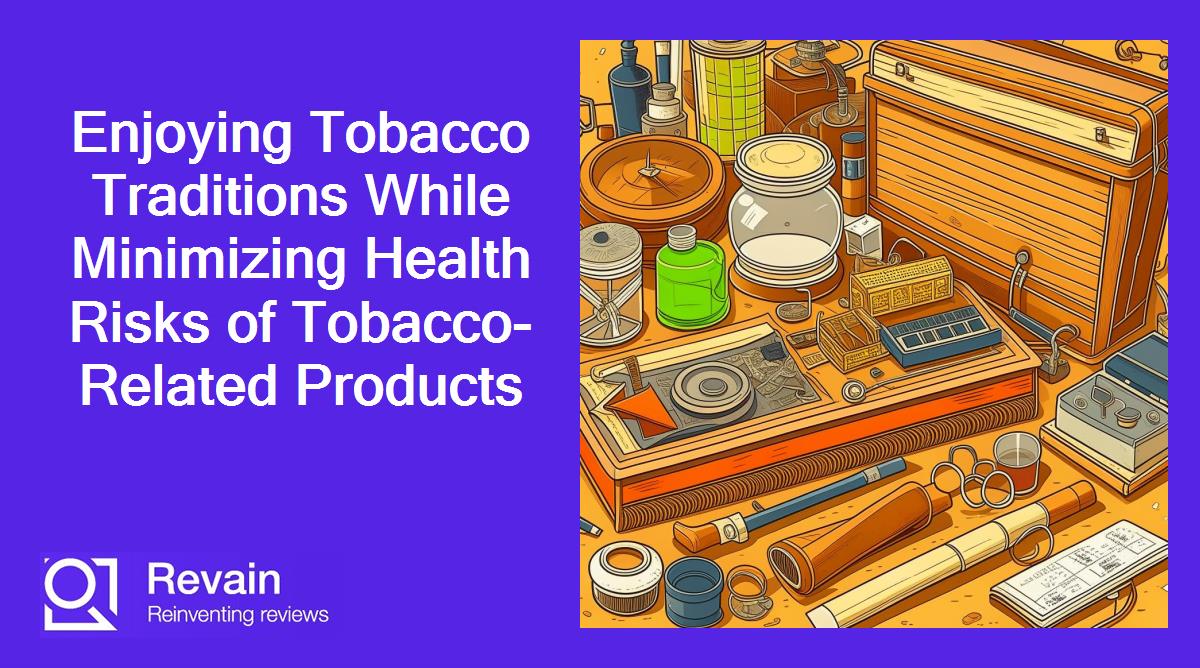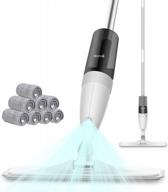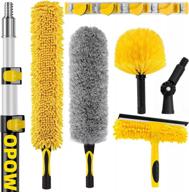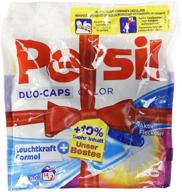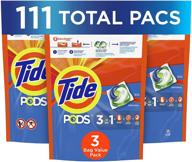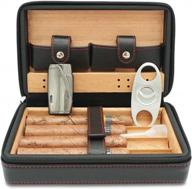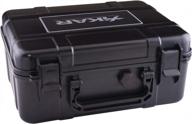New Innovations in Tobacco Products
The tobacco industry has seen rapid innovation and change in recent years. As health concerns surrounding traditional cigarettes and tobacco use have grown, new products have emerged claiming to offer consumers reduced risks and an improved experience compared to legacy tobacco options.
Tobacco Alternatives
Many consumers looking to move away from cigarettes are exploring tobacco alternatives like vaping and heated tobacco products:
- E-cigarettes and vape pens allow users to inhale vaporized nicotine liquids rather than smoke. These battery-powered devices heat a liquid solution containing nicotine, flavors, and other additives into an inhalable aerosol.
- Heated tobacco products use real tobacco leaf that is heated to a precise temperature rather than burned. This heating process is said to create a vapor with fewer chemical byproducts compared to cigarette smoke.
Potential Reduced-Risk Products
In addition to alternatives like vaping and heated tobacco, many companies are developing products that may pose less health risks compared to cigarettes while still providing nicotine and a familiar tobacco-use experience:
- Tobacco-free nicotine pouches provide nicotine derived from non-tobacco sources and are placed in the mouth like chewing tobacco or snus. Because they don't contain any tobacco leaf, they may reduce exposure to cigarette smoke toxins.
- Nicotine lozenges, gums, and toothpicks offer discrete ways to get a controlled nicotine dose without inhaling smoke. However, they may not provide the same sensorial experience and ritual of other tobacco products.
Innovations in Traditional Tobacco Products
While many consumers are switching to non-combustible alternatives, innovations are also occurring in traditional cigarette and cigar products:
- Cigarette filter technology has advanced to offer new selective filtration methods to potentially reduce some toxins in cigarette smoke.
- Additives and flavors are being used in tobacco leaves to create a smoother, more pleasant experience when smoking traditional cigars and cigarettes.
The tobacco landscape is changing rapidly as new technologies emerge and consumers look for products aligned with their preferences and health goals. While risks may remain, innovations in vaping, heated tobacco, nicotine delivery methods and modifications to traditional tobacco products are providing more choice than ever before.
Another interesting products
Tobacco Alternatives Like Vaping and Heated Tobacco
As concerns over the health impacts of smoking traditional cigarettes have grown, many consumers are switching to non-combustible tobacco alternatives like vaping and heated tobacco products.
Electronic Cigarettes and Vaping
One of the most popular options has been electronic cigarettes, or e-cigarettes:
- E-cigarettes are battery-powered devices that heat a liquid solution into an inhalable vapor that usually contains nicotine along with flavors and other additives.
- The liquid solutions used in e-cigarettes are referred to as e-juice or vape juice. Key ingredients include:
- Nicotine - Typically derived from tobacco plants and provides the stimulant effect
- Vegetable glycerin and propylene glycol - Used as carrier liquids to create the vapor
- Flavorings - Either naturally derived or artificial flavors that enhance taste
- E-cigarettes allow users to customize their experience with varied nicotine concentrations, flavor profiles, and vapor production.
Similar products
Heated Tobacco Products
Heated tobacco products use real tobacco leaf, but instead of burning it, they heat it just enough to release a nicotine vapor:
- Heating tobacco rather than burning creates no smoke and potentially reduces harmful byproducts found in cigarette smoke.
- The tobacco is heated up to temperatures around 350°F through different heating methods:
- Carbon tip - Heats tobacco from an external carbon heating element.
- Blade - Heats sealed tobacco sticks using a central metal blade.
- Jet - Heats tobacco in the device by a rapid jet of air.
- The vapor created from heated tobacco still contains nicotine and should not be considered risk-free.
Top products in 🚭 Tobacco-Related Products
Benefits and Considerations
Potential benefits of vaping and heated tobacco products over traditional cigarette smoking include:
- May reduce exposure to many of the harmful chemicals found in cigarette smoke
- Offer an experience closer to smoking without actual combustion
- Provide more flexibility around nicotine concentrations and flavors
However, risks and unknowns remain:
- Still contain addictive nicotine
- Long-term health impacts not fully understood
- Quality and safety concerns around some vaping liquids
Overall, vaping and heated tobacco products present consumers with more choice, but their long-term health effects require further research and assessment.
Reduced Risk Tobacco Products
Many tobacco companies are now developing and marketing products that claim to pose lower health hazards compared to traditional combustible cigarettes. Referred to as reduced risk tobacco products (RRTPs), they aim to provide consumers with potentially less harmful alternatives for nicotine delivery.
Tobacco Heating Products
Instead of burning tobacco, these products heat it just enough to release nicotine vapor without combustion:
- IQOS (Philip Morris International): Pen-shaped device with tobacco sticks called Heets that are heated to 350°C.
- glo (British American Tobacco): Battery-powered device that heats tobacco capsules to 260°C.
- Ploom TECH (Japan Tobacco): Vaporizer that heats Mevius tobacco capsules to 240°C.
By heating instead of burning, the tobacco releases vapor with significantly lower levels of harmful chemicals compared to cigarette smoke.
Oral Nicotine Replacement
Providing nicotine through oral products without tobacco:
- Nicotine gums: Coated with nicotine and absorbed through the lining of the mouth.
- Nicotine lozenges: Dissolve slowly to release nicotine.
- Nicotine pouches: Placed against the gums or cheek to deliver nicotine.
These discrete oral products may help dependent smokers get nicotine without inhaling smoke. However, they don't mimic the physical rituals of smoking.
Very Low Nicotine Cigarettes
Cigarettes manufactured with minimal nicotine content:
- 22nd Century Group's VLN cigarettes have 95% less nicotine than conventional brands.
- The reduced nicotine aims to prevent and reduce addiction and dependence.
While VLN cigarettes contain far less nicotine, they still generate harmful smoke through combustion. Long-term health impacts are unknown.
Potential Benefits and Concerns
Potential advantages of RRTPs:
- May expose users to fewer toxic chemicals
- Offer ways to reduce cigarette consumption
- Can help smokers transition away from riskier products
However, questions remain about RRTPs:
- Long-term individual and population health impacts are unclear
- May still enable nicotine addiction
- There are concerns about youth uptake
While reduced risk products show promise, more research is still needed to better understand their long-term health effects both for individuals and at the population level.
Innovations in Traditional Cigarettes and Cigars
While new forms of tobacco consumption like vaping and heated products have been gaining popularity, innovations are still occurring even in traditional combustible cigarettes and cigars.
Cigarette Innovations
Several innovations aim to modify the overall smoking experience and potentially reduce harmful components in cigarette smoke:
- Selective filtration - Cigarette filters are incorporating new materials and methods like activated carbon to selectively reduce some toxins and compounds in the inhaled smoke.
- Tobacco curing and blending - Manufacturers are exploring different tobacco curing techniques and leaf blending formulas to create a smoother and more consistent smoke.
- Additives and flavors - Both natural and artificial additives are being tested to enhance flavor and smoothness. Examples include sugars, cocoa, and menthol.
- Variable nicotine - Companies are researching ways to alter nicotine levels in cigarettes, including reducing it to potentially curb addiction.
Premium and Specialty Cigars
Unlike cigarettes, cigars have always featured more variety and customization for aficionados. But even so, new innovations are emerging:
- New tobacco leaves and wrapper leaves - Boutique cigars are using rare tobacco leaves from unique terroirs to provide distinctive flavor profiles.
- Unique shapes, sizes, and designs - From extra-large ring gauges to complex shapes, novelty cigar designs cater to cigar smokers looking for something new.
- Flavor innovations - Infusions and treatments like bourbon barrel-aging are giving some cigars intriguing flavors beyond just tobacco.
While any combustible tobacco product brings health risks, innovations in traditional cigarettes and cigars show manufacturers are still investing in these legacy products to enhance appeal and potential profits.
The Pleasures and Perils of Tobacco
For centuries, tobacco products like cigarettes, cigars, and chewing tobacco have been enjoyed around the world. But the pleasure they bring comes with significant health risks.
Enjoyment of Tobacco
There are various reasons tobacco continues to be popular globally:
- Taste - Many enjoy the complex flavors from natural tobacco as well as additives and infusions found in some products.
- Ritual - Using tobacco can provide relaxation through its familiar rituals and actions like cigarette breaks.
- Socializing - Sharing and offering tobacco can facilitate social interactions and connections.
- Nicotine effects - The nicotine in tobacco creates a mild stimulant effect for many users.
- Oral fixation - Smokeless tobacco allows oral stimulation and can replace habits like nail biting.
Health Risks
However, tobacco use carries significant health risks that can develop over time:
- Cancer - Tobacco is linked to various forms of cancer including lung, mouth, throat, and esophageal.
- Heart disease - Nicotine can increase heart rate and lead to high blood pressure.
- COPD - Tobacco smoke damages lung tissue leading to chronic bronchitis and emphysema.
- Other conditions - From reproductive effects to diabetes risk, tobacco is tied to multiple diseases.
Secondhand smoke also affects non-smokers through lung irritations, asthma, and cancer risk.
The Tobacco Addiction
The nicotine in tobacco makes it highly addictive both physically and psychologically:
- Nicotine activates reward pathways in the brain leading to cravings.
- Smokers develop tolerance over time forcing increased consumption.
- Withdrawal symptoms like anxiety, restlessness, and insomnia make quitting difficult.
The pleasure and risks of tobacco both stem from its addictive nature and health impacts from consistent use over time.
How to Use Amazon Prime to Buy Tobacco-Related Products
Amazon Prime provides fast, free shipping on millions of items, which can be convenient when stocking up on tobacco products. Here are some tips for Prime members looking to purchase tobacco-related items on Amazon:
Understand Restrictions
Amazon has some limitations around tobacco sales:
- Cannot ship tobacco or nicotine delivery systems (vapes, e-cigs) directly.
- Can ship some smokeless tobacco like chewing tobacco and snuff.
- Age verification required at checkout for tobacco purchases.
So items like cigarettes, cigars, e-cigarettes, and vape products cannot be shipped directly. But many accessories and non-tobacco items are available.
Find Allowed Products
Search for the following tobacco-related products that you can buy with Prime:
- Smokeless tobacco like chew, snuff, and nicotine pouches
- Smoking accessories like pipes, rolling papers, filters, and cleaning supplies
- Cigar cutters, humidors, flasks, and carrying cases
- Lighters, lighter fluid, and ashtrays
- Rolling machines for cigarettes
Use the search bar to find specific brands or types of products.
Compare Prices
Price compare tobacco items to deals from other retailers. Prime members can enjoy discounts like:
- Subscribe & Save for automatic deliveries with up to 15% off
- Amazon Coupons to instantly clip digitally
- Amazon sales and daily deals
This allows you to conveniently and affordably stock up on favorites using your Prime membership perks.
While some limitations exist, Amazon Prime can still help you save time and money when buying many tobacco accessories and smokeless products online.
What Are The Most Popular Tobacco-Related Products For Household Use?
Tobacco-related products are available in many different forms, including smoked and smokeless products. Here are some of the most popular tobacco-related products for household use:
Smoked tobacco products:
Smokeless tobacco products:
It is important to note that all forms of tobacco use are harmful and there is no safe level of exposure to tobacco. Tobacco users who are aware of the dangers of tobacco should seek help to quit. Counselling and medication can more than double a tobacco user’s chance of successful quitting.
What Are The Health Risks Associated With Using Tobacco-Related Products In Household Supplies?
Tobacco-related products are known to contain harmful chemicals that can cause serious health problems. Here are some of the health risks associated with using tobacco-related products in household supplies:
It is important to note that all forms of tobacco use are harmful and there is no safe level of exposure to tobacco. Tobacco users who are aware of the dangers of tobacco should seek help to quit. Counselling and medication can more than double a tobacco user’s chance of successful quitting.
What Are The Long-Term Health Effects Of Using Tobacco-Related Products In Household Supplies?
Tobacco-related products contain harmful chemicals that can cause serious health problems. Here are some of the long-term health effects associated with using tobacco-related products in household supplies:
It is important to note that all forms of tobacco use are harmful and there is no safe level of exposure to tobacco. Tobacco users who are aware of the dangers of tobacco should seek help to quit. Counselling and medication can more than double a tobacco user’s chance of successful quitting.






